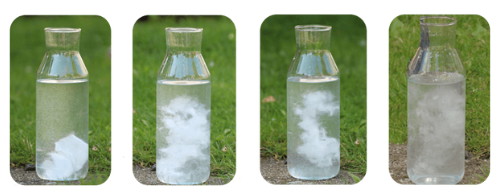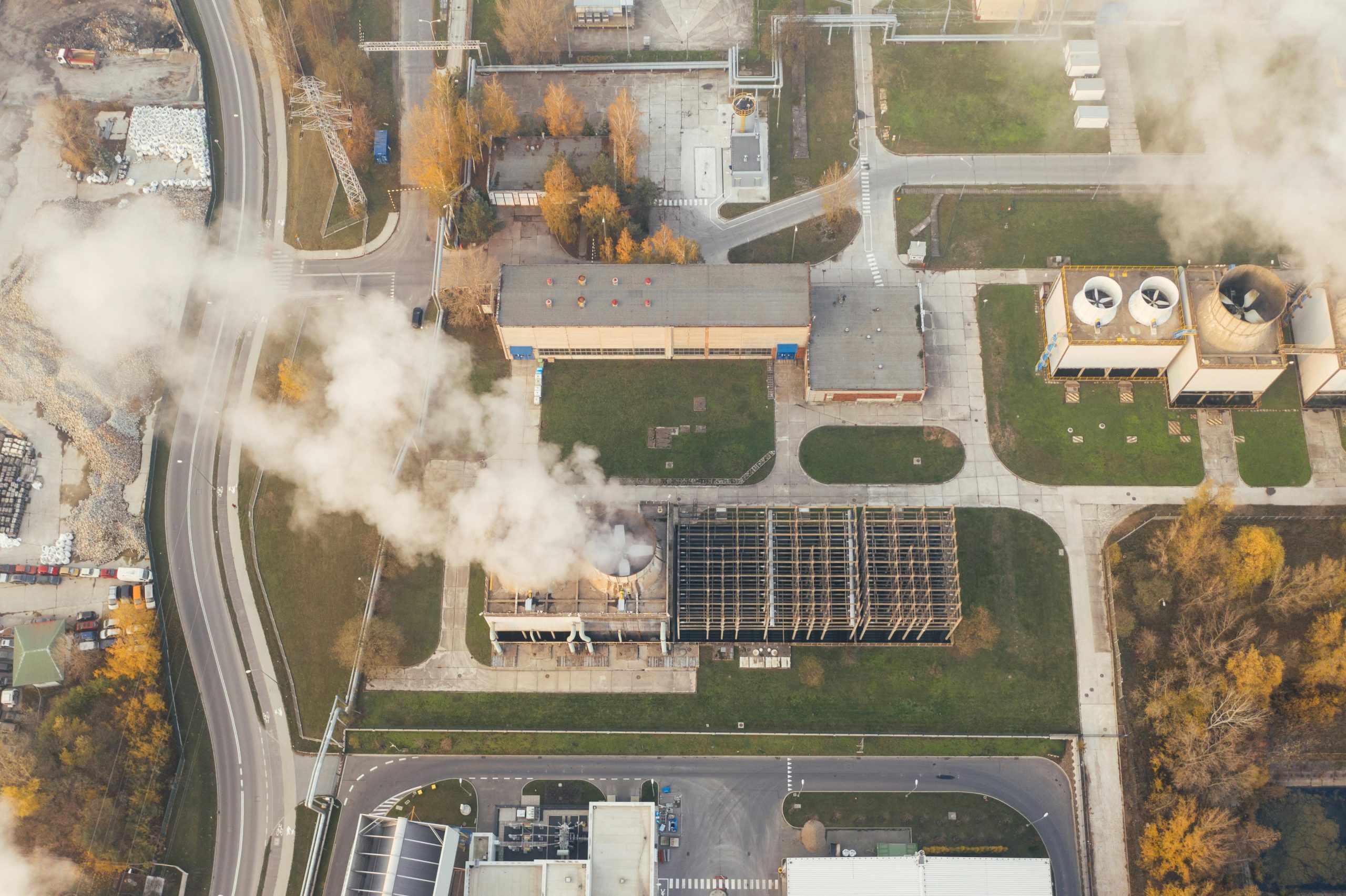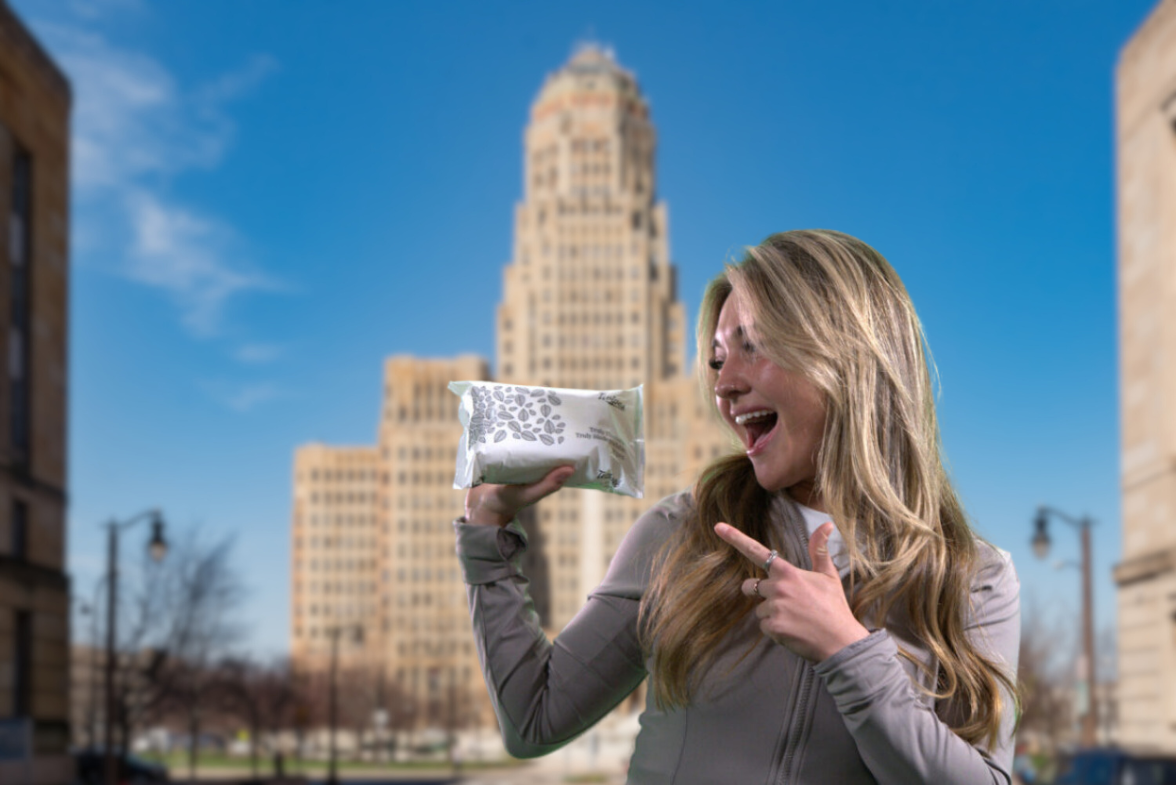When it comes to choosing flushable wipes, the key consideration should always be how well they break down once they enter the wastewater system. The last thing anyone wants is a clogged pipe or a contribution to the growing problem of fatbergs in our sewers. Enter Twipes: the 100% flushable and biodegradable wet wipe that doesn’t just claim to be safe for your plumbing and the environment but proves it through science.
The “Problem” with Flushable Wet Wipes
Many wipes labeled as “flushable” aren’t as flushable as they claim to be. A quick look at your local wastewater treatment plant’s history will tell you that these wipes are notorious for clogging pipes and creating massive blockages known as fatbergs. This happens because many of these wipes are made from synthetic materials that don’t break down easily in water. Instead of disintegrating, they remain intact as they travel through your pipes, eventually leading to clogs and costly repairs.
This is where Twipes stand out. Unlike most flushable wipes on the market, Twipes are designed to break down quickly once they hit the water, reducing their environmental impact and ensuring they won’t clog your pipes.
The Science Behind Twipes’ Disintegration
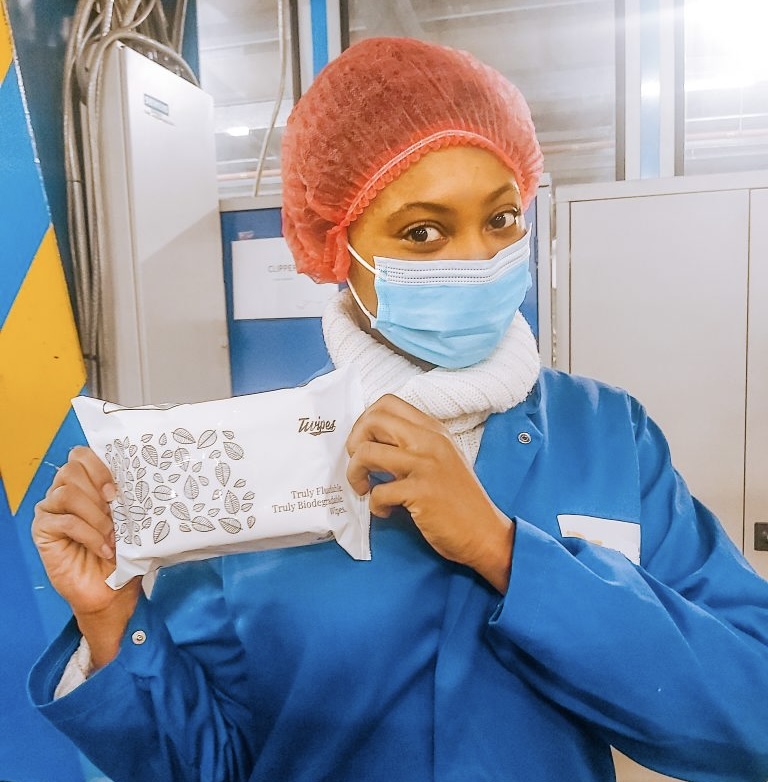
Twipes are made from biodegradable materials that are engineered to disintegrate when exposed to water and agitation. The secret lies in their unique composition and the way they interact with water. When Twipes come into contact with water, they begin to break apart into smaller fibers, which continue to disintegrate as they travel through the wastewater system.
To give you a hands-on understanding of how Twipes work, we’ve developed an at-home shake test that mimics the conditions of a typical wastewater system. This simple test lets you see for yourself how quickly Twipes break down compared to other so-called flushable wipes.
How to Perform an At-Home Shake Test
Curious to see how Twipes compare to other wipes? Here’s a step-by-step guide to conducting your own shake test:
Grab a Container: You’ll need a container that can hold about 32 ounces of water (roughly one liter). A clear plastic or glass container works best so you can easily observe what’s happening inside.
Fill the Container with Water: Fill the container until it’s about half full—approximately 16 ounces of water. This will give the wipe enough room to move around during the test.
Add a Twipe: Drop one Twipe into the water. Make sure the lid of the container is secured tightly before moving on to the next step.
Shake Vigorously: Shake the container vigorously for about 1-2 minutes. This simulates the agitation that occurs as wastewater flows through pipes and treatment systems.
Observe the Results: After shaking, open the container and take a look inside. You’ll notice that the Twipe has started to break apart into tiny fibers. The fragrance and aloe vera in the wipe will create a light foam at the top of the water, while the fibers will float throughout the container. This is a sign that the wipe is disintegrating as intended.
Compare with Other Wipes: To truly appreciate Twipes’ flushability, try the shake test with other flushable wipes. You’ll likely find that these wipes remain mostly intact, even after vigorous shaking. This stark difference illustrates why Twipes are less likely to cause clogs and other plumbing issues.
Why Twipes Won’t Clog Your Pipes
The results of the shake test make it clear: Twipes are designed to disintegrate quickly, reducing the risk of clogging your pipes. As Twipes travel through your plumbing, they continue to break down into smaller and smaller pieces, ensuring they won’t get stuck or accumulate in your pipes.
This quick disintegration not only makes Twipes safer for your plumbing but also better for the environment. Because Twipes break down as they move through the wastewater system, they’re less likely to contribute to the formation of fatbergs or end up in waterways, where non-biodegradable materials can cause significant harm to marine life.
The Environmental Impact of Twipes
Twipes are part of a broader movement towards more sustainable products. Traditional wipes, particularly those made from synthetic fibers, can take years to break down in the environment. In contrast, Twipes are made from materials that are designed to biodegrade much more rapidly, reducing their environmental footprint.
Moreover, because Twipes break down so quickly, they’re less likely to end up in the ocean or other bodies of water, where they could contribute to the growing problem of microplastics. By choosing Twipes, you’re not only protecting your plumbing but also helping to reduce the amount of waste that ends up in our environment.
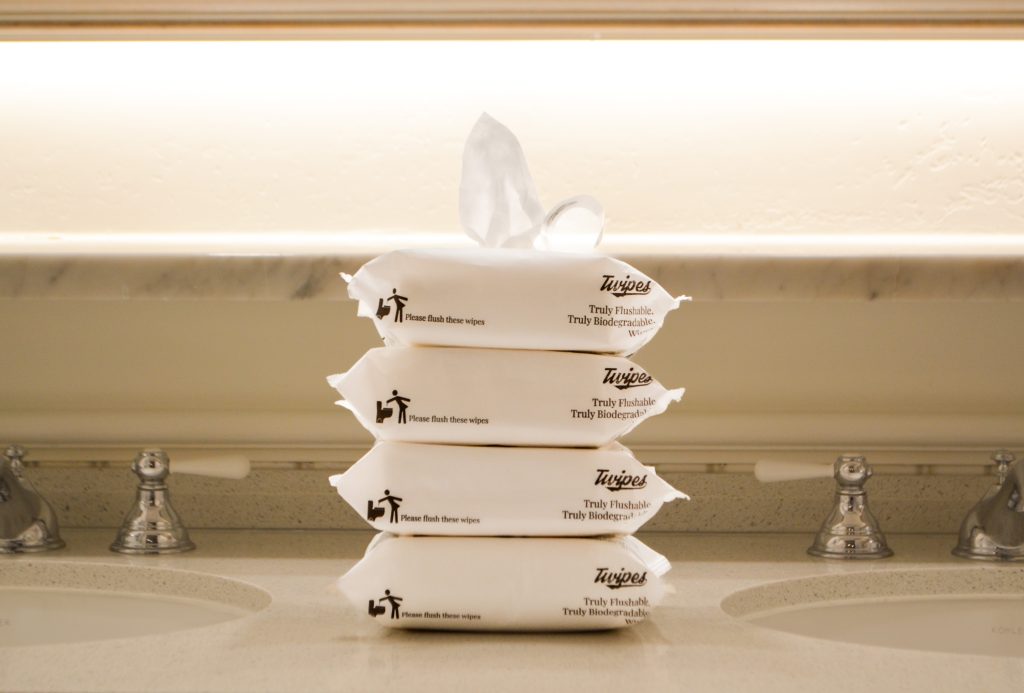
Conclusion
Twipes aren’t just another flushable wipe—they’re a solution to a growing environmental problem. By breaking down quickly and completely, Twipes help to prevent clogs, reduce waste, and protect our waterways. Whether you’re concerned about your home’s plumbing or the planet as a whole, Twipes offer a smarter, more sustainable choice.
So next time you’re shopping for wipes, consider the shake test and what it reveals. With Twipes, you can flush with confidence, knowing you’re making a choice that’s good for both your pipes and the environment.
For more information on how Twipes are revolutionizing flushability, visit our website twipes.com.
To learn more about all of Twipes’ benefits, check out our instagram @twipesuk.

